The excellent author-reader twitter community hosted by FeedMyReads (aka Fraser Stoopman), put out a call for questions from twitter users for me, sciencebase, this week. Fraser has been sharing my answers to the intriguing and amusing questions in a spate of tweets, but I thought I’d post them all in one place for Sciencebase visitors, so here they. Thanks for your questions, especially the fun ones from Sime.
Henry Gee – What gets you up in the morning?
Usually, a dig in the ribs from my wife expecting a cup of tea and the dulcet tones of Humphrys et al with the news headlines on the radio. And, of course, the urge to share the scientific discoveries I come across in as informative and entertaining way as I can. Oh, and our labrador always needs her breakfast and an exit to her morning constitutional.
Charli (BookBlogger) – Have you always wanted to be a writer?
Hah, not at all. I always wanted to be a marine biologist and then a physicist, and then a guitar god (still working on that one) but of the sciences I was better academically in chemistry, so I ended up studying in that field and realising quite early on that I couldn’t find a labcoat to fit. Becoming a science journalist seemed to be the happy compromise – I get to “do” science without being an actual scientist – and it’s worked out quite well for me this last (almost) quarter century.
What do you eat while you write?
Well, I had two (not three Shredded Wheat) with low-fat milk just before I booted up my laptop to start writing the response to your interesting question. I tend to take time out to eat rather than eating while I write, but I will have a banana with my mid-morning coffee and perhaps a slice of cake with the afternoon cup of tea. Crumbs and spillage are a constant risk…
Jack Croxall – What was the most surprising thing you discovered during your research for Deceived Wisdom?
Well, it wasn’t a particular scientific revelation, it was more how people really do cling to their pet belief. The deceived wisdom persists even when you show them the money, as it were. It’s hard to dispute the science-based evidence but strongly held beliefs will override rationality again and again it seems. That is a surprise.
What would you say is a particularly underused but effective means of communicating science?
I don’t think we can say any area is underused these days, if anything there is sometimes too much information for the public to digest, too many purported “breakthroughs” that are usually just iterations. Moreover, in medical science in particular, what is heard on a Monday will conflict with is learned on a Tuesday; the supposed pros and cons of coffee, red wine, vitamin supplements etc etc being a case in point. But, that said, it would be nice if the aforementioned Humphrys et al would cover a bit more science and do so in an informed as opposed to their apparently bored and/or uncomprehending manner.
Dave Cunnah – How much bicarbonate of soda and vinegar would I need to launch a rocket into space?
I’d have to do a proper back-of-the-envelope Fermi calculation, but I suspect you wouldn’t ever be able to build up and release sufficient pressure at a level and expulsion rate to achieve escape velocity, just over 11000 metres per second. Sadly.
Sime – Where did my hat go? I miss it so much.
Did you check under the sofa? But, more importantly, you need to learn to let go, it’s just a hat, buy another…
Who put the ram in the ramalamadingdong?
Wasn’t that George ‘Wydell’ Jones?
Why don’t boys cry and is there a cure?
Do we need a cure for something that isn’t a health problem? I despair at the medicalisation of the human condition in the absence of detrimental symptoms. But, I bet if they got Robert Smith chopping highly lacrimogenic onions on Masterchef you’d see just a single tear rolling down his cheek in recognition of how low he’d gone.
60SecondScience – Who will win 2013 science Vidcomp at
http://www.60secondscience.net ? Or won’t u know until Entries close on 20Nov?
Who am I to judge…just yet?
Guru Magazine – What’s the biggest challenge faced by scientists today?
I suppose I could say the rising tide of irrationality, but there probably is no rising tide, people have always been largely irrational. Climate, pollution, energy supply, material resources, population concerns, famine, water, war? Maybe. We’ve always had those too and always will. I suppose the eternal question of “where did it all come from?” remains no small challenge, pushing back to the tiniest, split nanosecond after the Big Bang, does not explain the “before” even if we try to fudge that by saying there was no time before that…and given that we have no clue as to what the universe actually is – viz dark matter and dark energy – perhaps we’re still lightyears away from answering that fundamental question.
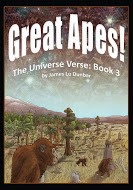 Could a rhyming comic book help save the world? The Universe Verse is an illustrated, rhyming ode to science that appeals to the child in anyone, and it’s raising money on Kickstarter.com until Sept 29th. Fun-loving author and illustrator James Lu Dunbar has just launched a fundraising campaign to publish The Universe Verse, a rhyming graphical guide to our origins that explains the complex scientific principles behind the greatest mysteries of our existence, including the Big Bang, the origin of life on Earth and the evolution of the human race.
Could a rhyming comic book help save the world? The Universe Verse is an illustrated, rhyming ode to science that appeals to the child in anyone, and it’s raising money on Kickstarter.com until Sept 29th. Fun-loving author and illustrator James Lu Dunbar has just launched a fundraising campaign to publish The Universe Verse, a rhyming graphical guide to our origins that explains the complex scientific principles behind the greatest mysteries of our existence, including the Big Bang, the origin of life on Earth and the evolution of the human race.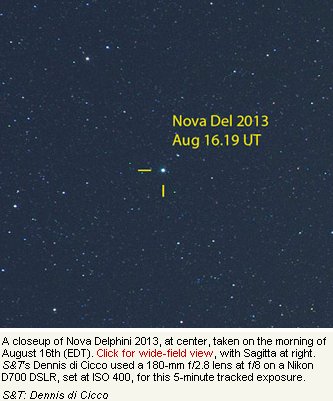
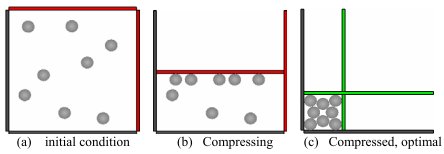
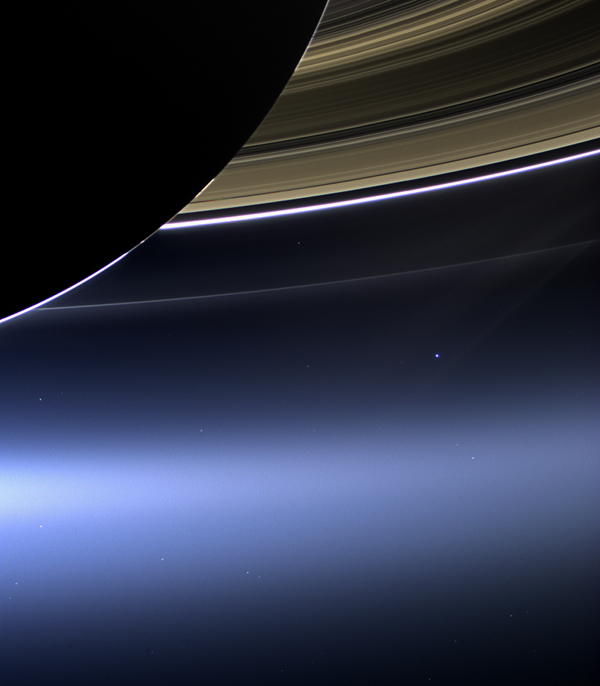 In this rare image taken on July 19, 2013, the wide-angle camera on NASA’s Cassini spacecraft has captured Saturn’s rings and our planet Earth and its moon in the same frame.
In this rare image taken on July 19, 2013, the wide-angle camera on NASA’s Cassini spacecraft has captured Saturn’s rings and our planet Earth and its moon in the same frame.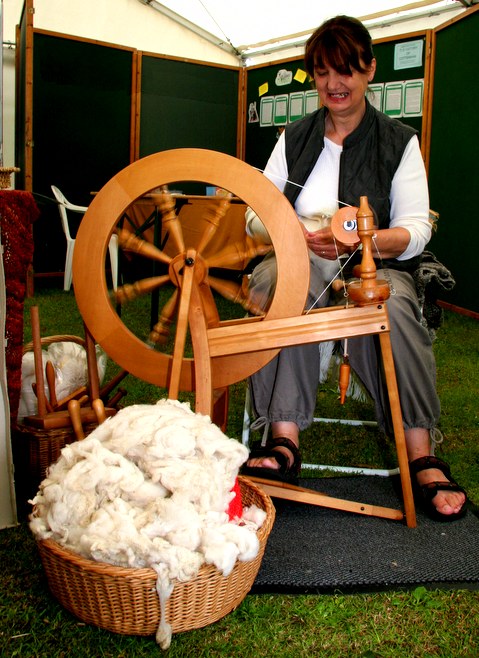
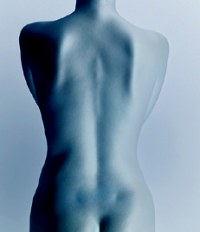 Latest science news in my fortnightly column for Spectroscopynow.com, now online:
Latest science news in my fortnightly column for Spectroscopynow.com, now online: